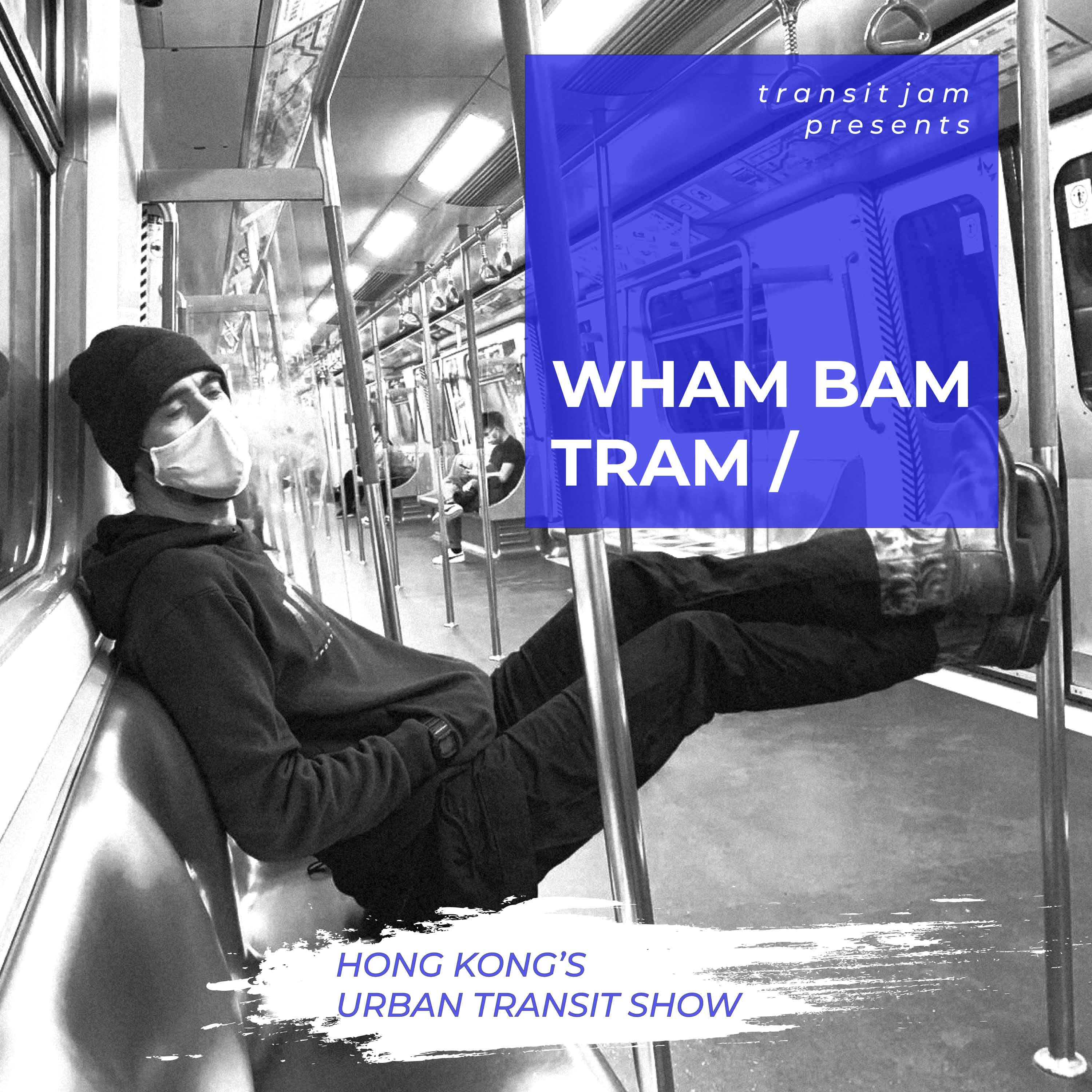
Around five tonnes of batteries displace 22 passenger spaces on the new Wisdom bus, jointly developed by Bravo and Wisdom (Fujian)
The new electric double decker unveiled by Bravo Transport’s mainland joint venture Friday has sacrificed up to 22 passenger spots to a gigantic 5-tonne 450kWh battery pack, a design which an international bus technology expert says is unnecessary and wasteful.
Paul Bromley, managing director of Phoenix Consulting, says large and heavy batteries are not the way forward for Hong Kong buses, taking up too much space and reducing range efficiency due to their weight.
According to Bromley’s calculations, the batteries on the new Wisdom (Fujian) bus displace 11 seats and around 11 standing passenger spaces.
Photos obtained from inside the new bus show two huge battery blocks in place of the usual few rows of lower-deck back seats.
These brown-grey cubes are not visible in any of the press photos supplied or the brochure for the Wisdom bus.
“In a competitive market environment electric buses should be able to fulfil the same role as a fossil-fuelled bus,” says Bromley.

Chief Executive Carrie Lam boards the bus with Bravo Transport Services chairman Cliff Zhang Kun. The Secretary for Transport and Housing, Frank Chan Fan, (left, boarding) and the Secretary for the Environment (centre, front of bus) joined the party.
He says the heavy duty cycles of Hong Kong buses, including air conditioning demands, mean “simplistic plug-in battery charging is not necessarily the right answer”.
Bromley, who is a pioneer of electric buses and minibuses and led the movement to bring hybrid buses to Hong Kong in 2007, says the benefits of electric buses can only be achieved by adopting “prevailing technologies that are able to deliver as such.”
He has advocated the “opportunity charging” concept, whereby smaller batteries are charged more frequently, instead of the tonnes of batteries seen in the passenger compartment of Hong Kong’s first electric double-decker bus.
But developing “opportunity charging” infrastructure requires coordination between different departments and so-far has only been trialled on a handful of green minibuses, with pantograph charging being trialled at a Kwun Tong public transport interchange.
Bravo’s new bus, developed jointly by Bravo and mainland firm Wisdom (Fujian), was unveiled on 29 April at a high-level closed-door ceremony with guests including Chief Executive Carrie Lam, Transport minister Frank Chan Fan and Environment minister Wong Kam-sing.

Brochure shots of the Wisdom bus don’t show the enormous battery blocks occupying the passenger cabin at the back of the bus
The double-decker packs a 450kWh lithium iron phosphate battery, a 125kW motor and can fully charge in around three hours using a 150kW charger.
But Bravo’s backer Templewater is not putting all its bets into the battery concept, with a plan to bring hydrogen-powered buses into Hong Kong “during the next quarter”, it said Friday.
“We believe that hydrogen fuel-cell technology, alongside battery electric are both viable options for Hong Kong’s operating environment,” it said in a statement.
“With both battery electric and hydrogen fuel-cell double-decker buses being tested in parallel, we can partner with the government in formulating a comprehensive plan for our city’s transition to carbon neutral transportation.”
Meanwhile Bravo says it will press the new Wisdom bus into service later this year. The company would not reveal its plans for any specific route or service for the bus.
Categories: Transit






All good news, however I believe this yet again demonstrates the government’s lack of strategic and coordinated approaches across departments. The transition to EV is being left almost wholly to the market, despite the current urgency for an energy revolution, with various players applying ad-hoc to trial differing options and without sufficient integrated support to allow the best solutions to be adopted. Paul Bromley is absolutely correct, and the opportunities for pantograph charging for example, will be extremely limited without co-ordinated strategic goals from TD, EMSD, HyD, EPD and the onboarding of critical stakeholders like CLP, HKE, research bodies and public realm betterment advocates. Is that desire there from government to push for change? It will take something extraordinary to break departmental inertia in finding problems rather than solutions and falling back on reasons to delay.
There will be numerous iterations of charging infrastructure, no doubt ending with a mixed supply of both slow and fast charging options and eventually incorporating next-generation, wireless, ‘inductive’ options for opportunity charging. There are both slow and fast roadmaps to this end but they both need to be part of a forward thinking and holistic transport, energy and environment policy, which really cannot be seen to exist in the current policy forming environment.
I’m just happy they are exploring different options, and wouldn’t mind this one tbh! Getting rid of the huge clouds of diesel fumes is worth it imo.
yes, good to see the effort being made and new tech will rarely be perfect — although the new e-double deckers coming to KMB from Europe have a better battery aesthetic, in my opinion!